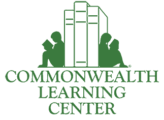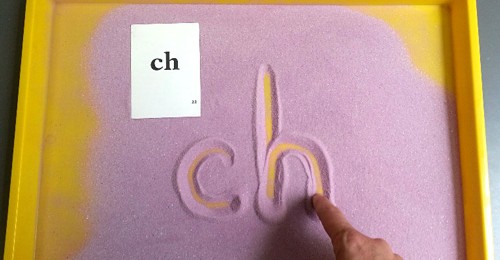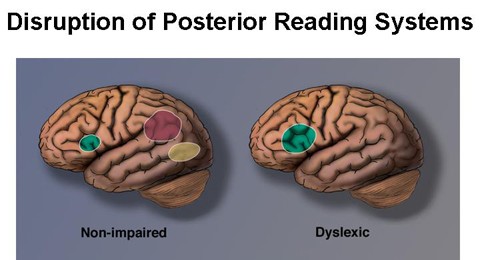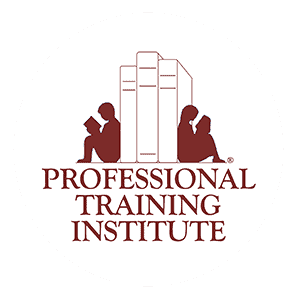Teaching Handwriting in the Digital Era
Lisa M. Brooks, F/AOGPE2021-10-05T13:22:41+00:00Learning how to write letters, words, and sentences on paper has been an important part of American schooling for hundreds of years. However, with increased use of personal computers, laptops, and tablets, many educators and policymakers question the usefulness of spending valuable class time teaching handwriting to students who have been born into a digital world. At the same time, reading and brain research points to the educational value of handwriting in ways that extend beyond being able to read cursive or take notes without benefit of a laptop or tablet. In her recent article for the International Dyslexia Association, Write Makes Right, Type is [...]











